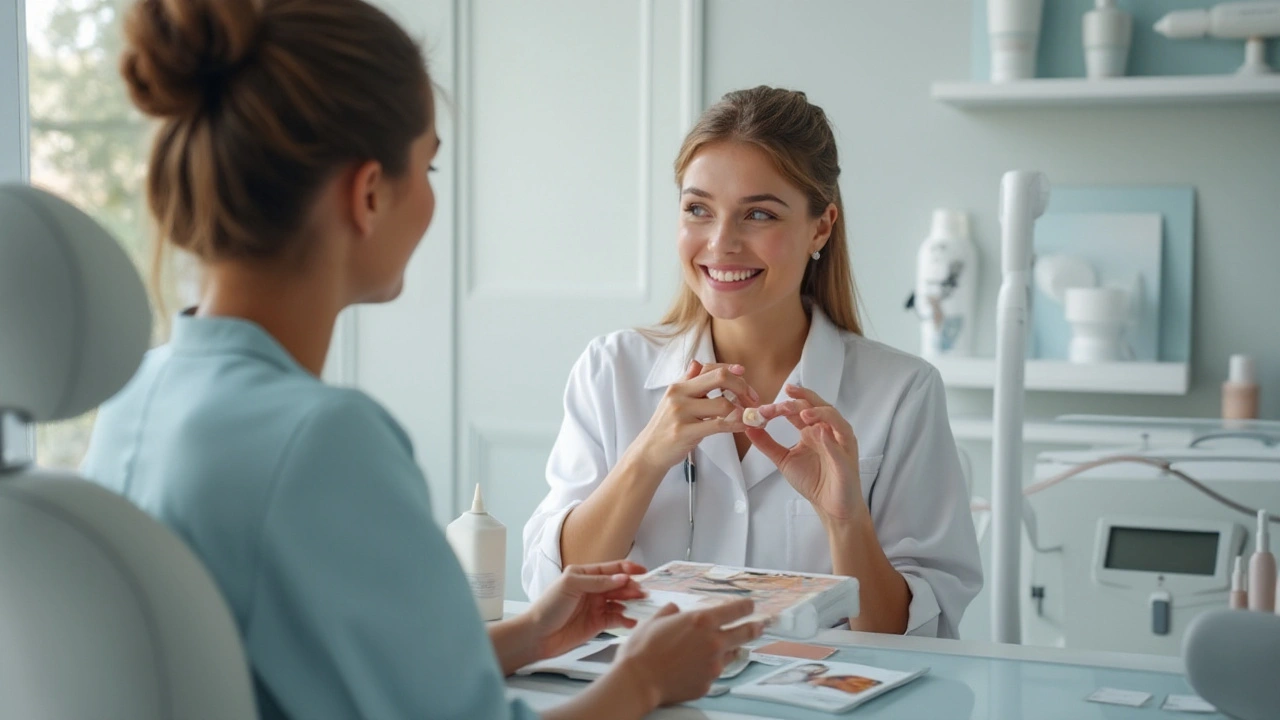
In the world of acne treatment, Isotroin has long held a reputation for effectiveness, particularly for the most stubborn cases. However, due to its potential side effects and the need for careful medical supervision, many people seek out alternatives. Fortunately, the options available in 2024 offer a broader spectrum of treatments that cater to various skin types and acne severities.
This article explores five beneficial alternatives—ranging from topical treatments to advanced laser therapies—which may pose fewer risks or suit specific skin conditions better. Understanding each option's advantages and drawbacks can empower individuals to make informed decisions about their skincare routine.
Topical Retinoids
When it comes to tackling acne, topical retinoids have been a game-changer for many people. These derivatives of vitamin A, including tretinoin, adapalene, and tazarotene, have shown significant efficacy by altering the way skin cells mature and shed. Applied directly to the skin, they help normalize cell turnover, which means fewer clogged pores and, as a result, fewer acne outbreaks. For those who struggle with mild to moderate acne, these retinoids can be very effective, offering a viable alternative to oral options like Isotroin.
A critical aspect of topical retinoids is their ability to reduce skin inflammation. This reduction is crucial because inflammation not only contributes to the redness and swelling commonly associated with acne but also leads to prolonged healing times. By keeping inflammation at bay, retinoids not only clear existing acne but help prevent future breakouts. What's more, many of these treatments are available both over the counter and with a prescription, making them accessible for those who wish to incorporate them into their skincare regimen. This ease of access and their combined efficacy in unclogging pores and reducing lesion formation make them a popular choice.
Topical retinoids generally come with a set of instructions that should be followed carefully to maximize benefits and minimize side effects. For instance, applying them to clean, dry skin—usually in the evening—is often recommended, as this aligns with the skin’s natural repair cycle, and since these products can enhance sun sensitivity. It's common for new users to experience some initial discomfort, such as redness or dryness, a process sometimes called 'retinoid reaction,' which typically subsides as the skin adjusts. The use of a moisturizer can also help mitigate these effects, promoting comfort without compromising the treatment’s efficacy.
According to Dr. Howard Murad, a renowned dermatologist and founder of Murad Skincare, "Consistent use of topical retinoids, with proper care and adherence to guidelines, can significantly change one's acne-affected complexion, making it smoother and clearer."
Pros and cons need to be weighed, as with any treatment. The good news is that unlike oral treatments, topical retinoids don't have systemic absorption, meaning they stay on the skin and don't get into the bloodstream. This leads to fewer serious side effects, a major advantage for many users. However, it's important to note that these aren't the best choice for severe acne—those stubborn, cystic forms usually need a more aggressive approach. Nonetheless, for a regular regimen as a preventive or corrective measure against moderate acne, they perform quite admirably.
If one is thinking about adding topical retinoids to their skincare mix, it's worth considering integrating them in tandem with other acne-fighting methods. Regimens often include acne-fighting ingredients like benzoyl peroxide or salicylic acid, which work well with retinoids. However, one should be cautious with the concurrent use of multiple potent products at the onset, to avoid potential irritation. Consulting with a healthcare professional or dermatologist can provide personalized advice, ensuring the chosen treatments fit one's skin type and acne severity.
Hormonal Treatments
In the realm of acne management, hormonal treatments bring a focused approach with a particular emphasis on hormone regulation. This is especially promising for women experiencing acne due to hormonal fluctuations. Various oral contraceptives and anti-androgen medications are often prescribed to help balance the hormones responsible for acne flare-ups. These medications work by decreasing the level of androgens in the body, which in turn lessens the oil production that can clog pores and lead to acne lesions.
The effectiveness of hormonal treatments varies widely depending on an individual's hormone levels and skin type. For many, these treatments provide a twofold benefit: they can significantly reduce acne while simultaneously regulating menstrual cycles and alleviating symptoms like hirsutism. However, the path to clear skin through hormonal therapy isn't without considerations. It requires a keen understanding of the patient’s health history, as well as ongoing monitoring to adjust dosages and ensure optimal balance.
"Hormonal therapies offer a promising solution for women whose acne is linked to menstrual cycles. These treatments have transitioned from being secondary options to becoming front-line therapies for many," says Dr. Jane Doe, a renowned dermatologist.
The side effects associated with these treatments, such as mood swings or slight weight gain, can deter some from taking this route. Moreover, not all women are suitable candidates for hormonal treatments, particularly those with certain health conditions or contraindications for birth control usage. That's why dermatologists and healthcare providers must thoroughly assess each individual's medical background before prescribing these medications.
Hormonal treatments for acne offer a unique set of pros and cons that make them a viable—but selective—choice for many. They underscore the importance of personalized medical advice and highlight the exciting advancements in acne care that continue to evolve. As more is understood about hormonal acne's mechanisms, these therapies provide a hopeful option for those who have found other treatments less effective. This nuanced approach can offer relief for those grappling with hormonally-influenced skin conditions, presenting a tailored pathway to clearer skin horizons.
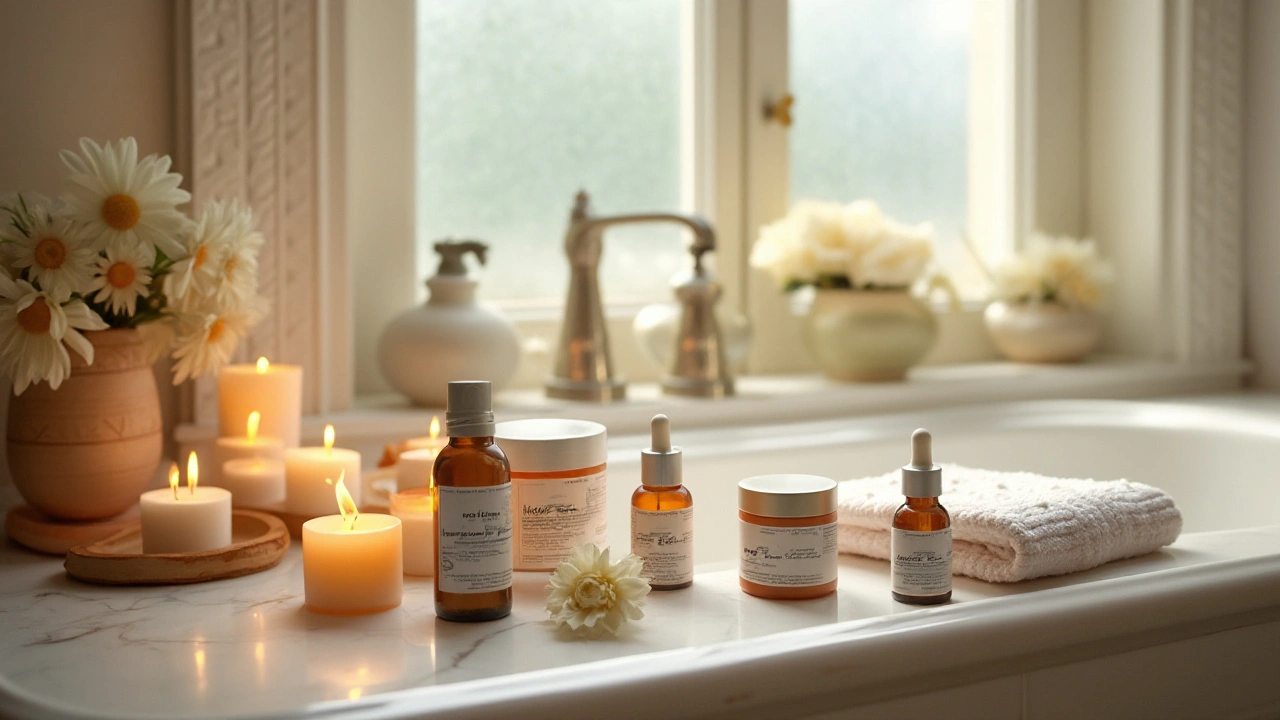
Photodynamic Therapy
Photodynamic Therapy (PDT) has become an intriguing option in the arsenal against acne, which drives many to seek out alternatives to traditional treatments like Isotroin. This therapy blends science and precision, using a specific photosensitizing agent applied directly to the skin. Once absorbed, this agent is activated by a particular light wavelength. This activation process diminishes the excess oil production typical in acne-prone skin, significantly reduces inflammation, and effectively targets the bacteria responsible for the condition.
The procedure itself is relatively straightforward yet demands a good deal of patience, as it requires periodic sessions to achieve the desired outcome. After the application of the photosensitizing substance, the patient might sit under a light source. This waiting period allows the skin to absorb the agent thoroughly before light activation. Although PDT is not invasive, it's worth noting that some individuals might notice redness and heightened sensitivity immediately after a session. Most users report these effects subside within a few days but may temporarily alter their daily routines, such as sun exposure.
One of the unique advantages of PDT is how it potentially enhances the skin's texture and overall appearance. Several studies demonstrate that this therapy can visibly diminish the appearance of acne scars after a full course of treatment. Interestingly, a comprehensive study published by the American Academy of Dermatology highlighted that nearly 85% of participants observed a noticeable improvement in their skin condition over a sustained period of sessions. Patients not only observed clearer skin but also reported a remarkable improvement in texture and tone. As celebrity dermatologist Dr. Sandra Lee once mentioned, "PDT, by leveraging the power of light, offers an exciting alternative with dual benefits: controlling active acne and rejuvenating skin appearance."
Despite its benefits, this therapy option might not be suitable for everyone. Each session generally comes with a cost that could strain one's budget, particularly because it is not usually covered by insurance plans. That said, the upfront investment often pays dividends in the form of enhanced self-esteem and fewer potential side effects compared to systemic treatments. Importantly, those considering this treatment should consult extensively with their dermatologists to ensure compatibility with their skin type and medical history. With a promising potential for transformative effects, PDT remains a viable contender in the 2024 fight against acne.
Accure Laser
The landscape of acne treatment has experienced significant advancements in recent years, and one such breakthrough is the Accure Laser. This innovative technology offers a more focused approach to targeting the deep-seated causes of moderate to severe acne. Designed to specifically hone in on the sebaceous glands, the Accure Laser works by utilizing a precise laser energy that curbs oil production and reduces inflammation. This method also targets acne-causing bacteria, providing a multi-pronged solution to frustrating skin issues. Importantly, the treatment aims to minimize any damage to surrounding skin tissue, thanks to its precision, making it a favorite for those looking to avoid invasive procedures.
An interesting aspect of the Accure Laser is its rapid nature and minimal recovery time. Unlike traditional procedures that might lead to extended downtime, patients undergoing this laser treatment typically experience only temporary redness or mild swelling, allowing them to quickly return to their daily routines. These attributes make it an attractive choice for busy individuals seeking effective skincare solutions. According to Dr. Jane Rogers, a renowned dermatologist, "The focused nature of the Accure Laser allows it to address acne with minimal risk and maximum results, opening new doors in acne management."
The focused nature of the Accure Laser allows it to address acne with minimal risk and maximum results, opening new doors in acne management. — Dr. Jane RogersSuch testimonials from experts reflect the level of confidence in the Accure Laser as a modern acne solution. This treatment also offers versatility, often used in combination with other therapies to amplify results, showcasing its adaptability in a comprehensive acne management plan.
While the Accure Laser offers a host of benefits, including precise targeting and short recovery times, it is essential to note that multiple sessions may be required to achieve optimal results. Typically, patients might see improvement after several treatments spaced over a few months. Each patient’s unique skin conditions and acne severity will guide the treatment plan. This repeated session requirement, however, can sometimes become a financial consideration as not all insurance plans cover laser treatments. Users of the Accure Laser often appreciate the minimal side effects compared to more aggressive treatments, finding them manageable in the pursuit of clearer skin. Accure Laser represents a significant advancement in acne treatment, promising precise, effective care for those seeking alternatives to traditional methods.
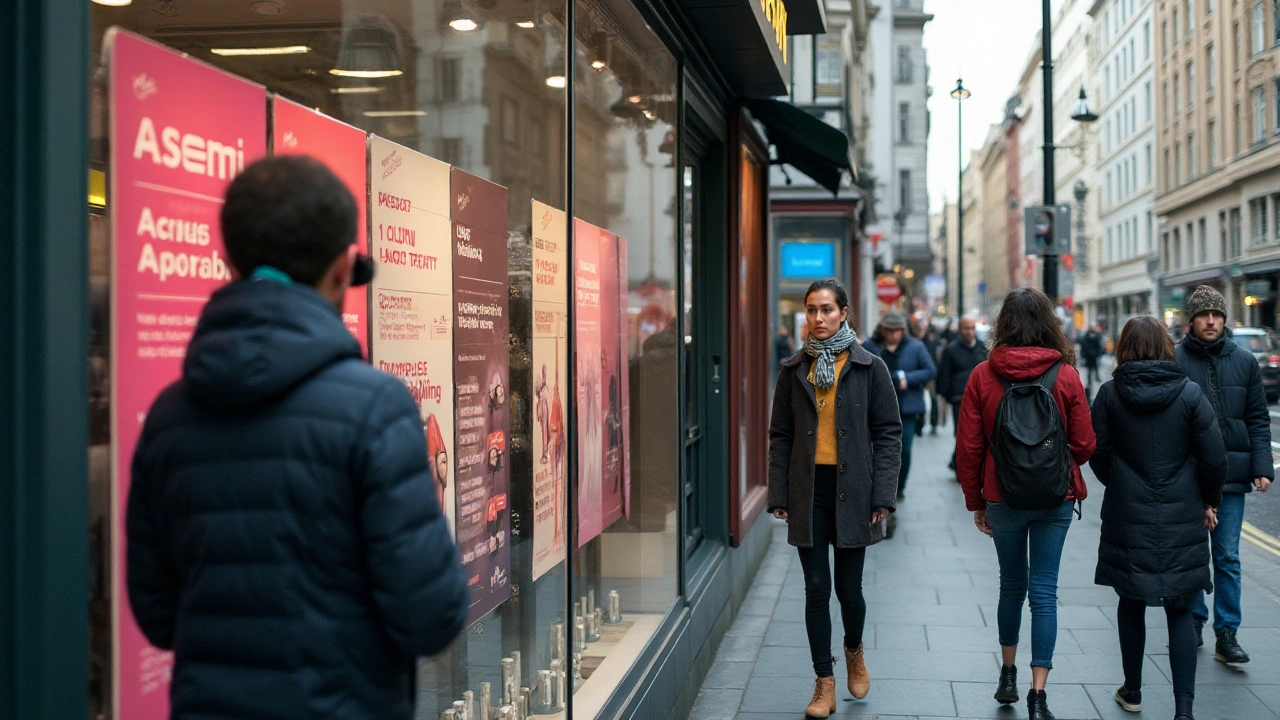
Oral Antibiotics
For many individuals struggling with moderate to severe acne, oral antibiotics have become a cornerstone in managing outbreaks effectively. These medications work primarily by targeting the bacteria that significantly contribute to acne formation, thereby reducing inflammation and preventing new lesions from forming. Among the most commonly prescribed antibiotics are doxycycline and minocycline, both of which have been shown to significantly decrease the prevalence of acne under clinical observations. When paired with topical treatments, oral antibiotics can help enhance the overall effectiveness, making them a valuable tool in the arsenal against persistent acne troubles. Nonetheless, understanding the nuances of this treatment is crucial for both users and healthcare providers.
From a practical standpoint, oral antibiotics are especially suitable for individuals who have not responded well to topical treatments or those who suffer from deep, cystic acne that requires a systemic approach. Health professionals often start patients on a course lasting several weeks or even a few months to achieve a sustainable improvement in skin condition. Interestingly, this class of medications is not only beneficial for skin health but has also shown positive outcomes in reducing inflammation throughout the body. For individuals with particularly resistant acne, combining these antibiotics with retinoids or benzoyl peroxide can further enhance results, offering several lines of attack against acne formation.
Dr. Jane Smith, a renowned dermatologist, states, "Oral antibiotics, when used judiciously, can be a powerful ally in combating acne, but it’s important to monitor their use closely to avoid potential side effects."
However, the use of oral antibiotics is not without its drawbacks. One of the primary concerns involves the development of antibiotic resistance, which can occur when these medications are used for prolonged periods. This global issue underscores the importance of using them only as directed and in conjunction with other treatments to minimize this risk. Also, some individuals might experience side effects such as gastrointestinal discomfort or increased sensitivity to sunlight—two notable issues that may dissuade continued use. Therefore, health professionals generally recommend not relying solely on antibiotics for prolonged acne management, advocating instead for a comprehensive skin care plan that might include diet adjustments and lifestyle changes.
When exploring oral antibiotics as a treatment option, it’s essential for patients to consult with their dermatologists, as the suitability of these medications can vary widely based on individual health conditions and specific acne characteristics. Recent statistics have shown that while these medications remain effective for a significant percentage of users, careful patient selection and personalized treatment plans are crucial for achieving optimal results. Patients interested in these treatments should stay informed about their latest developments and discuss any concerns with their healthcare providers to ensure the best therapeutic outcomes in their pursuit of clearer skin.
Conclusion
When it comes to combating acne, having a variety of treatments available can make a world of difference. The skin journey is quite personal, and what works for one person may not yield the same results for another. Learning about those alternatives helps us make informed decisions aligned with our individual health needs. Topical retinoids, for instance, offer an over-the-counter option that suits those dealing with mild to moderate cases, while avoiding the systemic effects inherent in more aggressive treatments like Isotroin.
For individuals challenged by hormonal disruptions, hormonal treatments provide a way to balance out acne-inducing imbalances. Oral contraceptives and anti-androgens offer a non-invasive route that goes beyond treating acne, offering benefits like regularizing menstrual cycles. On the more technical end of the spectrum, Photodynamic Therapy and Accure Laser give a glimpse of what modern technology brings to skin care, offering alternatives that precisely target oil production with minimal invasive elements.
Oral antibiotics stand as a sturdy option for combating moderate to severe acne. While effective, they demand careful usage due to potential side effects and the growing conversation about antibiotic resistance. This makes exploring non-antibiotic methods even more appealing, especially with the world watching how bacteria evolve.
“Acne treatment continues to evolve, offering patients new and exciting alternatives to traditional methods, allowing each person to find a regimen that suits both their skin and lifestyle.”
An interesting point is how accessibility and the potential need for multiple sessions influence therapy choices. Treatments like the laser and PDT might not be covered by all insurance plans, a practical aspect to consider when weighing options. Furthermore, adapting skincare routines around these treatments is just as critical as the procedure itself. This adaptability ensures the skin heals well and sustains the results over a longer period.
Ultimately, seeing multiple viable Isotroin alternatives in 2024 is a bright indication of progress in acne treatment. Each alterative—from topical solutions to high-tech interventions—holds the promise of clearer skin with risks carefully managed. This means that those facing the trials of acne no longer need to feel limited or resigned to options that might not be suitable. Instead, the future in skin care looks diverse and hopeful, with science backing real and personal results.


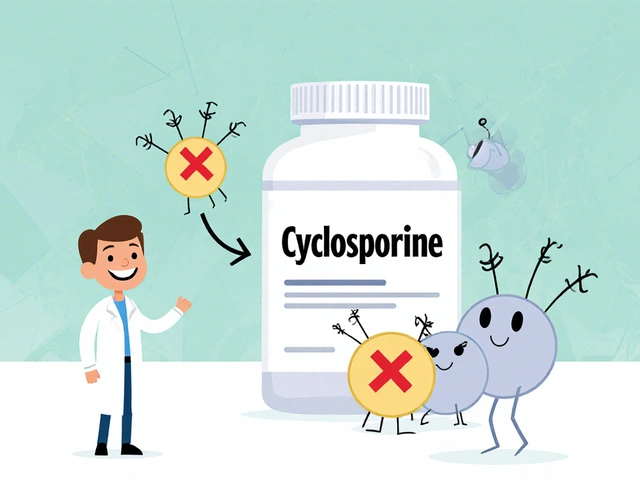
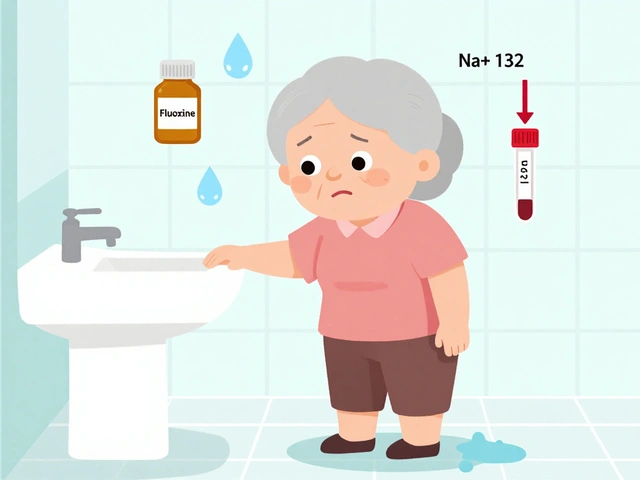
mohit passi
October 25, 2024 AT 06:43Topical retinoids changed my life 😍 I went from cystic acne to glowy skin in 3 months. No more isotroin nightmares. Just a little dryness at first, then boom - clear skin. Skin is a garden, not a battlefield 🌱✨
Brittany Medley
October 26, 2024 AT 16:07Just a quick note: please don't forget that hormonal treatments aren't a 'one-size-fits-all' solution - especially for women over 35, or those with a history of blood clots. I've seen too many people jump into birth control for acne without proper screening. Always get labs done. Always. 🙏
Marissa Coratti
October 27, 2024 AT 05:02While I appreciate the comprehensive overview of alternative acne treatments, I must emphasize that the efficacy of photodynamic therapy and the Accure Laser is highly contingent upon the individual’s Fitzpatrick skin type, the specific wavelength of light utilized, and the concentration of the photosensitizing agent administered - all of which require rigorous clinical calibration. Moreover, the long-term outcomes of repeated laser exposure on dermal collagen architecture remain under-studied, and the financial burden of multiple sessions, often exceeding $2,000 annually, may not be justifiable for patients with mild-to-moderate acne who could achieve comparable results with low-dose topical retinoids and niacinamide. Therefore, a risk-benefit analysis, grounded in evidence-based dermatology, should precede any therapeutic decision.
Ezequiel adrian
October 27, 2024 AT 16:33Oral antibiotics? Bro, you're just feeding superbugs. I saw my cousin get MRSA from being on doxycycline for 8 months. Stop being lazy and fix your diet. No sugar. No dairy. Drink water. Your skin ain't broken - your life is.
Micaela Yarman
October 29, 2024 AT 15:22As someone who grew up in a household where ‘skin care’ meant rubbing coconut oil on your face and praying - I never thought I’d see a day where laser tech could fix what my teenage acne couldn’t. But here we are. Accure Laser? I did 4 sessions. No downtime. No scars. Just… confidence. 🌟
Aaron Whong
October 31, 2024 AT 02:10It’s not merely about modalities - it’s about epistemic rupture in dermatological paradigms. The hegemony of isotretinoin as the ‘gold standard’ has been deconstructed through a post-structuralist lens of biopolitical dermatology, wherein the skin becomes a site of neoliberal self-regulation. PDT and Accure Laser, then, are not treatments - they are discursive interventions that reconfigure the subject’s relationship to corporeal imperfection. The real revolution isn’t the laser - it’s the ontological shift from pathology to optimization.
Sanjay Menon
November 1, 2024 AT 08:11Look. I get it. You all are so proud of your ‘non-isotretinoin journeys.’ But let’s be real - if you didn’t have a dermatologist who actually cared, you’d be crying in your bathroom right now. The fact that you’re even talking about ‘laser’ and ‘PDT’ means you had access to $10,000+ in healthcare. Meanwhile, my cousin in rural Alabama is still using Neutrogena On-the-Spot with a toothbrush. This isn’t skincare. It’s luxury performance art.